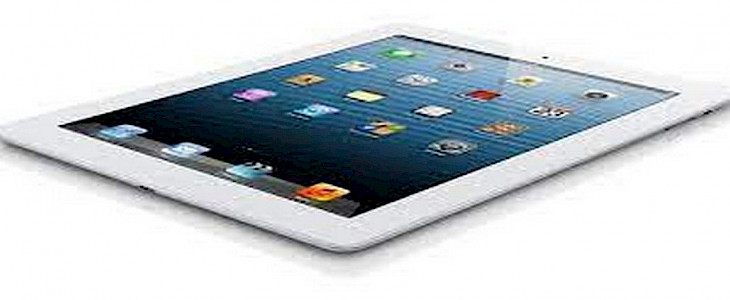
The first-ever iPhone, the first-ever iPad, the translucent iMac, and the very first iPod Shuffle.
Do you know what they all have in common?
Well, apart from being some of the most recognizable products by Apple, all of these above-mentioned gadgets are now a part of the prestigious apple Hall of Fame.
Also known as the Vintage List.
In one of our previous articles, we had extensively talked about the iPhone 6 and how it got the rare chance to feature in Apple’s Hall of Fame thanks to the Vintage List.
Well, as of today, one more member of the Apple family joins the list.
The iPad 4th Gen.
One of the most well-known and probably the most impactful iPads of all time will now finally become a thing of the past as Apple deems it obsolete.
The News:
Apple has added a new iPad to its list of obsolete products for this month.

In addition, Apple has added the fourth-generation iPad to its list of obsolete products. It's important to note that this fourth-generation iPad was the initial iPad model with the Lightning connector.
In addition, Apple has also added the iPhone 6 Plus smartphone to its old-fashioned list of devices.
What are some vintage and obsolete Apple items?
The company frequently adds products to its list of vintage devices that were no longer available for sale more than five years ago, as well as less than seven years ago. Yet, Apple Stores and Apple Authorised Service Providers continue to provide repairs for vintage devices for up to 7 years.
Other than vintage products, there are also what are known as obsolete items. Obsolete products, on the other hand, are the ones that have been discontinued over the past seven years.
The significant difference is that old models do receive support for hardware from Apple. In contrast, outdated products do not receive any support in any way.
According to a report published by MacRumors, The fourth-generation iPad was classified as obsolete internally by Apple in November. After that, however, the public list of iPads was updated. In case you don't recall, this iPad model was first announced in November 2012 by Apple.
The iPad was said to be twice as efficient as the model before it. It is also claimed to offer three times more graphics than the previous generation model. In addition, Apple has also marked the mid-2010 and late 2012 models of the Mac mini as obsolete (outdated).
Few other iPads that remain a part of Apple's Vintage List
Apple iPad (2010)
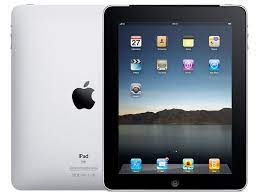
In January 2010, the first iPad featured an aluminum body with straight edges. The iPad was a square-edged design, much like what we have on the iPad Pro. The iPad Pro, though the new models are more minor. It had a 9.7-inch display, which was approximately 13 millimeters thick and weighed 680g.
The model from 2010 featured the 1 GHz Apple A4 processor and came in 32GB, 16GB, or 64GB storage capacities while also promising 10 hours of battery life.
The pricing started at $499 initially, and accessories include the docking station for keyboards, as well as an ordinary docking station that can transform the iPad into a "great picture frame."
Apple iPad 2 (2011)
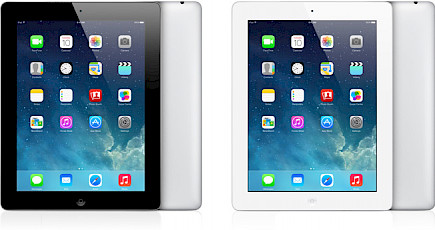
Its new generation of iPad was released one year after the first one, with a 33 percent slimmer body, a thickness of 8.8mm, and a weight reduction of 50g to keep it under 600g.
The tablet also featured a brand new dual-core chip that was claimed to operate at twice the speed of the original model. Offering graphics that were nine times faster, as well as an improved speaker.
The most notable distinction the iPad 2 has in comparison to the original model is the first model, however: cameras. The device had a front and back camera, which allowed the use of FaceTime as well as video calls. While this is pretty commonplace today, however, it was quite a big deal in the early days.
Apple iPad 3 (2011)
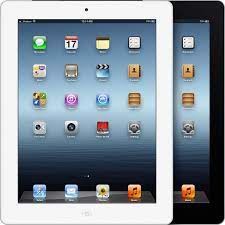
The third-generation iPad was released at the end of 2012. However, although the design was much the same as the previous model, the screen technology was significantly improved.
Apple described it as a "Retina screen"—a phrase it uses even today as well—and it boasted 4x the resolution of its predecessor, the iPad 2, as well as more color saturation.
A brand new chip called A5X was introduced for the 3rd generation iPad, which was upgraded with a quad-core graphics processor. In addition, the quality of the camera was improved with the resolution moving from 1-megapixel to 5 megapixels.
When the model first debuted and was running on iOS 6, the App Store had a population of around 200,000 users.
Apple iPad 4 (late 2012)
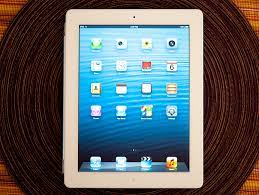
Just six months after the introduction of the iPad 3, Apple announced the iPad 4.
It was identical to the iPad 3 and was essentially the same as the iPad 3, with it having the exact 9.7-inch Retina display and a metallic build that measured 241.2 inches by 185.7 9.4mm. 9.4mm as well as weighing 652g, but it was the iPad that discarded the dock connector with 30 pins and added Lightning.
Its display for the iPad 4 was the same as that of the iPad 3—a Retina display that had 2048 x 1536 pixels and a resolution of 2048 x 1536 pixels. Though Apple did provide its iPad 4 with a new A6X processor that was claimed to be two times more efficient than its predecessor, the iPad 3.
It was also decided to support dual-band Wi-Fi, and an updated front-facing camera came out with a boost to VGA up to 1.2 megapixels.
Apple iPad Mini (2012)
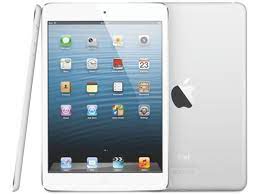
Apple introduced its first iPad mini along with the iPad 4 in the same year.
The iPad 4 marks a new space that the iPad does not have. With a premium metal design, the iPad mini was considerably less hefty and smaller than the regular iPad, which measured 200 inches by 134.7 and 7.2 mm and weighed just 308g, which is half of the amount of weight.
The bezels that surround the screen were cut down, and Apple programmed iOS to block accidental finger pressure near the edges of the screen.
The iPad mini featured curved, rounded edges, as opposed to the original iPad. However, it went back to its iPad 2's resolution on its 7.9-inch screen, which was 1024 x 768 pixels rather than the Retina display.
In addition, it used the A5 processor, which means it was not as robust as the iPad 4. It may have been smaller than it looked, but it was powerful in its capabilities.
Apple iPad Air (2013)
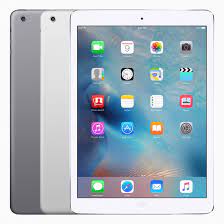
The Apple iPad was dubbed "the iPad Air," and it featured an entirely new design that borrowed the curving edges of its predecessor, the iPad mini.
This model was 20% lighter than the iPad 4, at 20% lighter.iPad 4, with 469g, compared to 652g. However, it was also slimmer in size (7.5mm in comparison to the 9.4mm) and a shorter and more compact device.
Apple's 9.7-inch display was the same as that of the iPad 4, but Apple cut the bezels around it by 43 percent. This meant an increased viewing area.
The identical cameras that were on the iPad 4 were on the iPad Air, but Apple added a brand new A7 chip inside the cover of the iPad that included an an64-bit design that could allow for speedier autofocus, better resolution video frame rate, and faster photo recording, among other functions.





